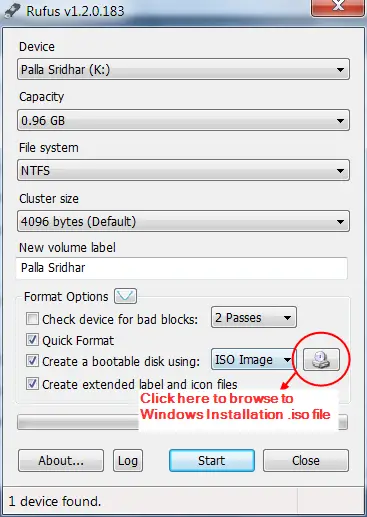

Speed Comparisonįor testing these tools I am using a normal run-of-the-mill 4 GB USB 2.0 drive. This writing speed is decent and it detects an attached USB automatically like other tools. Like Unetbootin, it also has an option to download Linux Distro in case you don’t have one. It has a simple two-step process, and as with the others, you can select your Linux distribution, select USB drive, and create. This is the second tool to make bootable Linux media. After selecting or downloading the ISO and the media, it’s a simple process of clicking Next, and your media is ready. The tool has a nice feature which allows you to download your favorite Linux Distro so you don’t have to hunt for download links, which can be difficult for a newbie, considering the complex world of Linux. UNetbootin is specifically for Linux users, to create bootable Linux media. For the general folk I would recommend one of the other tools, as some wrong setting on this will leave you fumbling and wondering why the media is not booting. This tool is suitable for both Windows and Linux. By selecting Drive -> File under Image Tools, you can also make an ISO from bootable media. You can choose the filesystem, bootloader and even make partitions on a USB drive. This tool is suitable for advanced users who like to have more control. You can judge its speed claims from the comparison chart we’ll show at the end. The interface is straightforward with all the options laid out in a single window.

It has a few more options than Microsoft’s tool such as selecting partition scheme, cluster size, and checking your USB drive for errors. Rufus is a newer application which claims that it speeds up this mundane task. There are no other features apart from selecting the ISO and the media. It has a simple interface that would make sense even to a novice. This is the official tool from Microsoft and probably the most popular.

Cool Tip: You can also create a custom ISO of Windows 10 by following our guide.


 0 kommentar(er)
0 kommentar(er)
